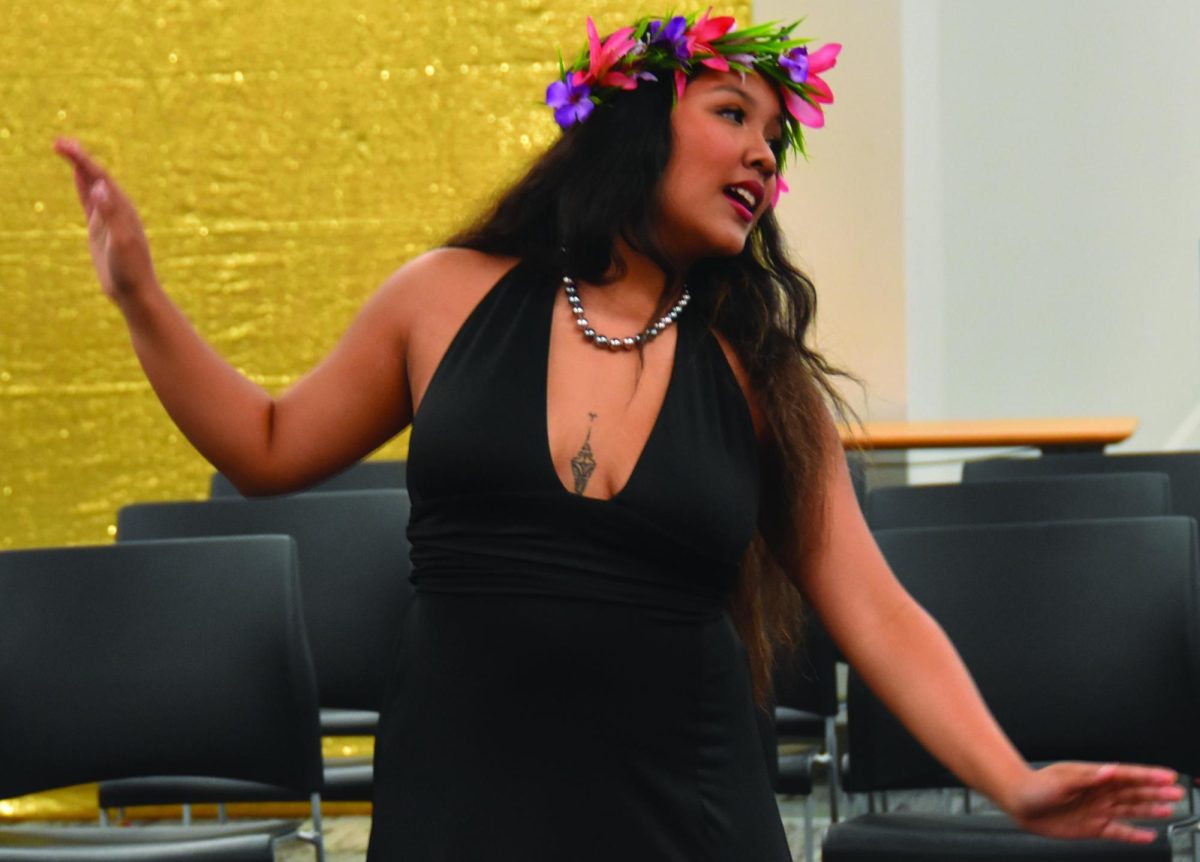After nearly two years of deliberation, the last piece of the general education puzzle was voted into place by the Academic Senate on Oct. 15 — Ethnic and Multicultural Studies requirement was selected in a 7-2 vote with five senators abstaining.
This final category makes up one of six sections of the newly revised GE program that currently requires 31-39 units, but was reduced last spring to just 18 units — the state mandated minimum. The new GE requirement package will take effect in Fall 2013.
The state defines 15 of the 18-unit minimum and leaves the remaining three units up to the individual colleges. The Academic Senate asked the General Education Committee to make a recommendation and three options were considered:
Option A included the already required ethnic and multicultural courses. The category may be expanded if new courses are written or existing courses are re-written to include content defined by the ethnical multicultural studies criteria.
“This focus of these courses would be cultural diversity of all kinds; ethnic studies and racial, but also cultures based on gender, sexual orientation, socioeconomic class, nation of origin, immigration status and many more,” according to the language from a hand-out distributed at Monday’s meeting explaining the three options.
Option B, labeled diverse perspectives, included more of a critical thinking component and had a less robust focus on ethnical and multicultural studies. This grouped all the existing communication and critical thinking, ethical inquiry and ethnical, and multicultural studies courses into one requirements box with a common theme.
“All diverse perspectives courses feature as a major focus of the course the critical examination of diverse perspectives. Critical thinking is emphasized, and students regularly grapple with diverse points of view,” read the hand-out under Option B. “The perspective of historically marginalized groups are included in some way — this may be a major or minor focus of the course, but will at least comprise a chapter, unit, or a few class sessions.”
Option C: student choice combined the same course categories as an option, but without the common theme of diverse perspectives. Students would have chosen three units from any one of the groups offered giving them freedom about what area they would like to focus on.
GE Committee Chair Alex Sterling explained to the senate that the committee was closely divided between Ethnic Studies and Diverse Perspectives, and that Option B prevailed in a close 4-3-committee vote with one abstention.
“It is kind of a compromise in the sense that it incorporates some of the values of ethnic studies but offers many choices for students in terms of different courses to take. Also… Option B invites faculty from non-ethnic studies courses to learn something new based on the ideals expressed. So course outlines will have to change and at least a little professional development will be needed, so it’s an opportunity to grow together as faculty,” said Sterling at the senate meeting.
A campus-wide online survey was conducted to gather opinions about what kinds of courses should fill the last GE requirement box. Of 120 survey respondents 41 felt ethnic studies was suitable, 38 recommended diverse perspectives and 37 were in favor of student choice four of the respondents were unsure.
The committee made its recommendation with the idea that Option B included facets of each category that would still provide the student with a diverse educational experience. According to Sterling, the results can be interpreted in two ways:
Since the Diverse Perspectives and Student Choice options included the same set of courses the data could be read that two-thirds wanted a broader category of courses for students to choose from.
Or the results can be viewed that ethnic studies was the most popular among the three options, winning a plurality of votes, cast in the survey.
After Sterling presented the senate with the options and survey findings, the floor was opened for comment and concerns began to arise around this passionate topic.
“One thing I do like about Option B is that it makes everyone happy. It includes everyone at the table and gives our students the most choice,” said Nick Garcia, head of the drama department. “My only worry about Option B is that the term diverse perspective is so broad that you end up losing the integrity of ethnic or multicultural studies, which is obviously important to a lot of people from the survey — and talking with people that are very passionate about that— because our students don’t get to see a lot of themselves.”
The inclusion of ethnic studies as a fundamental aspect of learning, and educating each other about different cultures, seemed to be the driving force behind the passage of option A.
“I can tell you clearly what I want. Students spend … years in school, k-12, and they hear everything that they have learned from a Eurocentric perspective. They get a paragraph, they get a month of black studies… we get a month now – of women’s history,” said Theodora Adkins, who teaches business. “The myth is that ethnic studies is something that we can learn in one course or in two weeks. It’s an experience and I think that’s the ethnic study box and that’s why there is so much passion. Let me tell you what it’s like to be in my shoes.”
In other business, the senate also voted to allow students to continue double-counting courses that meet multiple graduation requirements.
Any student with questions about what the new GE requirements package means for their education plan should consult a counselor.






